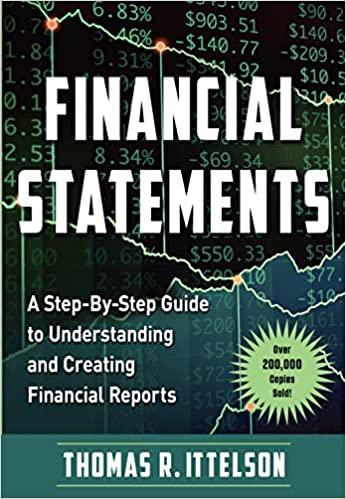1. The following payoffs are observed in frictionless markets: Dividend next period Price next period Price today Asset 1 11 136 Asset 2 8 76 80 P1 A. In the absence of arbitrage opportunities, pi= 140. B. In the absence of arbitrage opportunities, p= 141. C. In the absence of arbitrage opportunities, P= 136. D. The rate of return on asset 2 equals minus 4%. E. If arbitrage opportunities are absent, the rate of return on asset 1 equals 11%. 2. An asset will pay a dividend of $6 at date t +1 at which date its price (market value) will be $36, with certainty. The risk-free interest rate between t and t +1 equals 5%. A. In a frictionless market, and in the absence of arbitrage opportunities, the market value of the asset at date t equals $42. B. In a frictionless market, and in the absence of arbitrage opportunities, the market value of the asset at date t equals $40. C. In a frictionless market only if the price of the asset at t is less than $36, can arbitrage opporunities be absent. D. In a frictionless market, and in the absence of arbitrage opportunities, the rate of return on the asset is 5%. 3. The payoff on an asset occurs with the following probabilities: Payoff: Probability: $10 0.6 $5 0.4 A. The expected payoff on the asset equals $7.50. B. If the price of the asset is $5 , its expected rate of return equals 60%. C. The expected payoff on the asset equals $6.00. D. If the price of the asset is $5 , its expected rate of return equals 50%. 1 E. If the price of the asset is $4 , its expected rate of return equals 50%. 4. An investor borrows 100 shares and short-sells them for $5 each depositing an initial margin of 40%. The maintenance margin is 10%. The share price then rises to $6. The fee for borrowing the shares is zero. Transaction costs and interest on the margin account are zero. A. The investor will be required immediately to pay an additional $100 into the margin account to restore the margin to 40%. B. The investor is allowed to withdraw $100 from the margin account. C. No immediate action on the part of the investor is necessary at this stage. D. The "trigger price', below which a marginal call, requiring the investor to restore the value of the margin account, is $3.50. E. The investor should buy the shares immediately, with an overall gain of $100. F. If the investor buys the shares, the overall loss is $100. 1 5. An investor buys 20 shares on margin for $15 each depositing an initial margin of 50%. The maintenance margin is 25%. Transaction costs and interest charged by the investor's broker are zero. A. If the share price falls below $12, there will be a margin call. B. If the share price rises above $18, there will be a margin call. C. If the share price rises to $17, the investor will have lost $40. D. If the share price rises to $20, the investor will have gained $100. E. If the share price falls to $13, the investor will have gained $200









